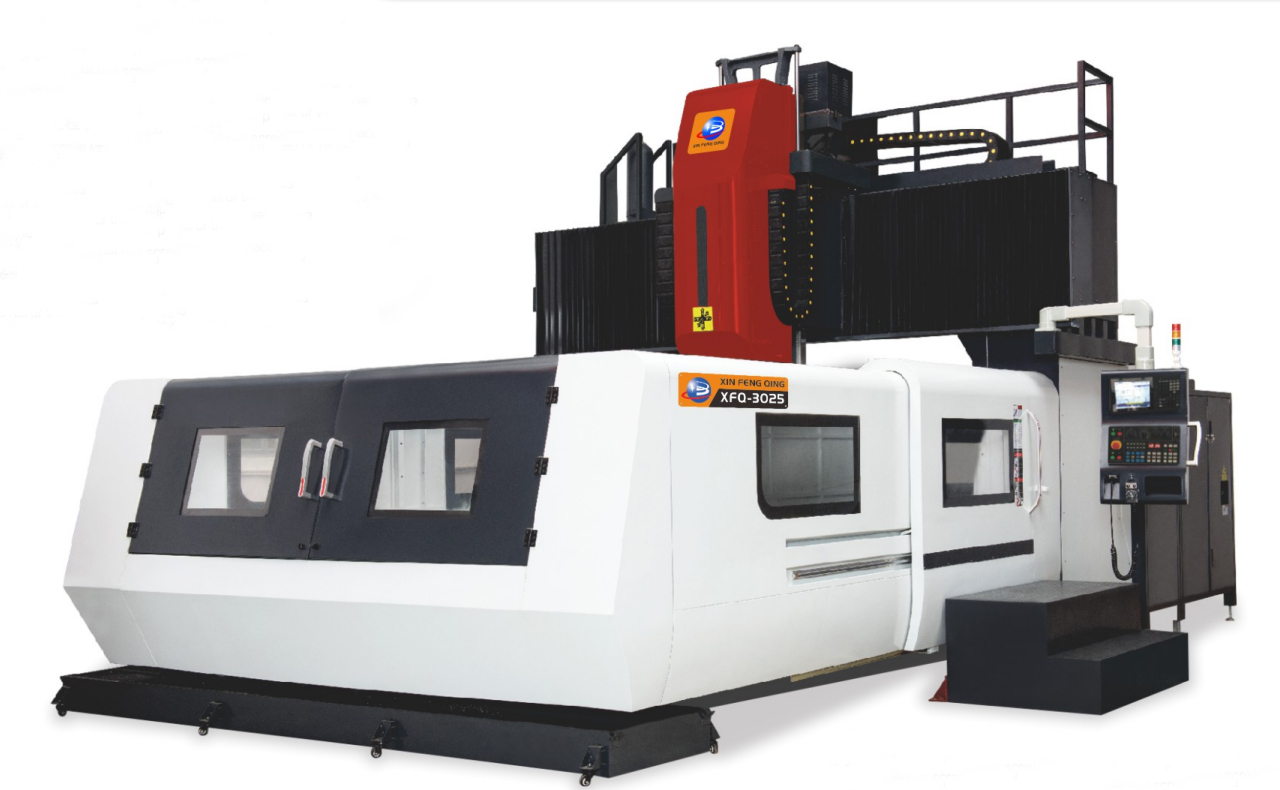Arranging kitchen electrical appliances in a well-organized and efficient manner is essential for a smooth cooking experience. Not only does it save time and effort, but it also ensures safety and convenience. In this blog post, we will explore the best practices and considerations for arranging your kitchen electrical appliances to maximize functionality and create a harmonious cooking environment.
- Assessing Kitchen Layout:
Before arranging your kitchen electrical appliances, it is crucial to evaluate your kitchen layout. Consider the available space, power outlets, and proximity to water sources. This assessment will help you determine the most suitable locations for your appliances. - Categorizing Appliances:
To optimize your kitchen's functionality, categorize your appliances based on their usage frequency and purpose. Divide them into three categories: primary appliances, secondary appliances, and occasional appliances.
- Primary Appliances: These are the appliances you use daily, such as the refrigerator, stove, and dishwasher. Place them in easily accessible locations, ensuring they are within reach of countertops and workstations.
- Secondary Appliances: These appliances are used less frequently but are still essential, such as the microwave, toaster, and blender. Allocate a designated area for secondary appliances, preferably near the primary appliances, to streamline your cooking process.
- Occasional Appliances: These appliances, like the slow cooker or bread maker, are used occasionally. Store them in a separate cabinet or pantry, keeping them easily accessible but not occupying valuable countertop space.
- Creating Workstations:
Efficiently arranging your kitchen electrical appliances involves creating dedicated workstations. These workstations should be designed to facilitate specific tasks and minimize unnecessary movement. Consider the following workstations:
- Cooking Station: Place the stove, oven, and necessary cookware in close proximity. Ensure proper ventilation and sufficient counter space for food preparation.
- Cleaning Station: Position the sink, dishwasher, and cleaning supplies together for easy access. This arrangement streamlines the cleaning process and minimizes water-related accidents.
- Preparation Station: Allocate a countertop area near the refrigerator for food preparation. Keep cutting boards, knives, and other essential tools within reach.
- Ensuring Safety:
Safety should be a top priority when arranging kitchen electrical appliances. Follow these guidelines to minimize potential hazards:
- Keep appliances away from water sources to prevent electrical shocks.
- Avoid placing appliances near flammable materials or curtains.
- Ensure proper ventilation for appliances that generate heat, such as ovens and stovetops.
- Use surge protectors and ground-fault circuit interrupters (GFCIs) to protect against electrical overloads and short circuits.
Conclusion:
Arranging your kitchen electrical appliances in a strategic and organized manner enhances both efficiency and safety. By categorizing appliances, creating dedicated workstations, and prioritizing safety measures, you can optimize your kitchen's functionality and enjoy a seamless cooking experience. Remember to regularly inspect and maintain your appliances to ensure their longevity and continued performance.






+ There are no comments
Add yours